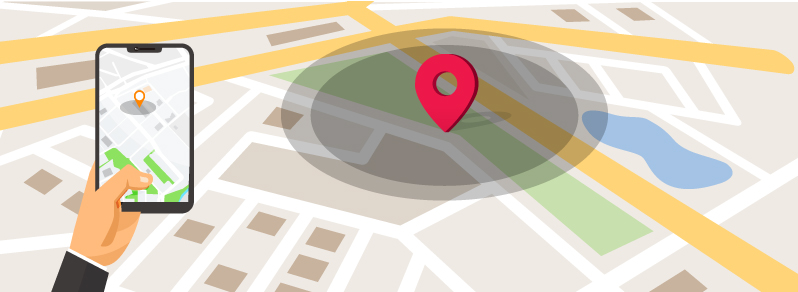
Leveraging Geo-Fencing for Audience Development and Targeted Ad Strategies
"Knowing your audience is the key to the vault of success."
— Anonymous
In the evolving landscape of digital marketing, geo-fencing has emerged as a powerful tool for audience development and targeted ad strategies. By setting up virtual boundaries around specific locations, businesses can target potential customers with tailored ads based on their geographic location and behavior patterns. Whether you’re a local business, a global retailer, or a service provider, geo-fencing offers unique opportunities to engage with your audience in real time and drive meaningful results.
What is Geo-Fencing?
Geo-fencing is a location-based marketing strategy that uses GPS, RFID, Wi-Fi, or cellular data to define a virtual perimeter around a real-world geographic area. When a user enters or exits this defined area, they can receive targeted notifications, advertisements, or other forms of engagement directly on their mobile devices. This allows businesses to connect with their audience at the right time and place.

How Geo-Fencing Enhances Audience Development:
Hyper-Local Targeting:
Geo-fencing allows businesses to reach customers who are in close proximity to their physical location or a relevant point of interest. For example, a coffee shop could set up a geo-fence around a nearby office building or college campus, targeting employees or students with a special discount during peak hours.Behavioral Insights:
By analyzing the data collected from geo-fencing campaigns, businesses can gain valuable insights into customer behavior, preferences, and patterns. This data can inform future marketing strategies, helping to refine audience segments and tailor content that resonates more effectively.Competitive Advantage:
Businesses can also use geo-fencing to target customers near competitors' locations. For instance, a fitness center could send a promotion to users who are near a competing gym, enticing them to switch services with a better offer.Event-Based Marketing:
Geo-fencing is particularly effective for event-based marketing. A brand can create a geo-fence around a stadium, conference center, or concert venue to engage with attendees in real-time, promoting special offers, merchandise, or post-event follow-ups.
Targeted Ad Strategies Using Geo-Fencing:
Personalized Messaging:
Tailor ads based on a user's exact location and context. For example, a restaurant could deliver lunchtime specials to nearby office workers or dinner promotions to residents within a certain radius.Time-Based Offers:
Combine geo-fencing with time-sensitive promotions. Retailers can use this strategy to boost foot traffic during slow hours by targeting shoppers in nearby areas with limited-time offers.Retargeting Campaigns:
Use geo-fencing data to create retargeting campaigns. If a potential customer visits a store but doesn’t make a purchase, you can serve them follow-up ads encouraging them to return, perhaps with a discount or a reminder of their visit.Multi-Channel Engagement:
Integrate geo-fencing with other digital marketing channels such as email, SMS, and social media to create cohesive, multi-channel campaigns that guide customers through the sales funnel more effectively.Analytics and Optimization:
With the data provided by geo-fencing, businesses can continually analyze and optimize their ad strategies. This includes adjusting targeting parameters, refining audience segments, and testing different offers or creatives to maximize ROI.
Geo-fencing is more than just a buzzword—it’s a transformative tool for businesses looking to develop highly targeted audience engagement strategies. By leveraging geo-fencing for hyper-local targeting, personalized messaging, competitive advantage, and data-driven retargeting, businesses can create impactful marketing campaigns that resonate with their audience. When integrated with broader marketing strategies, geo-fencing has the potential to not only attract new customers but also deepen engagement with existing ones, driving growth and building brand loyalty.
Ready to explore how geo-fencing can transform your marketing strategy? Contact Us for a Consultation
